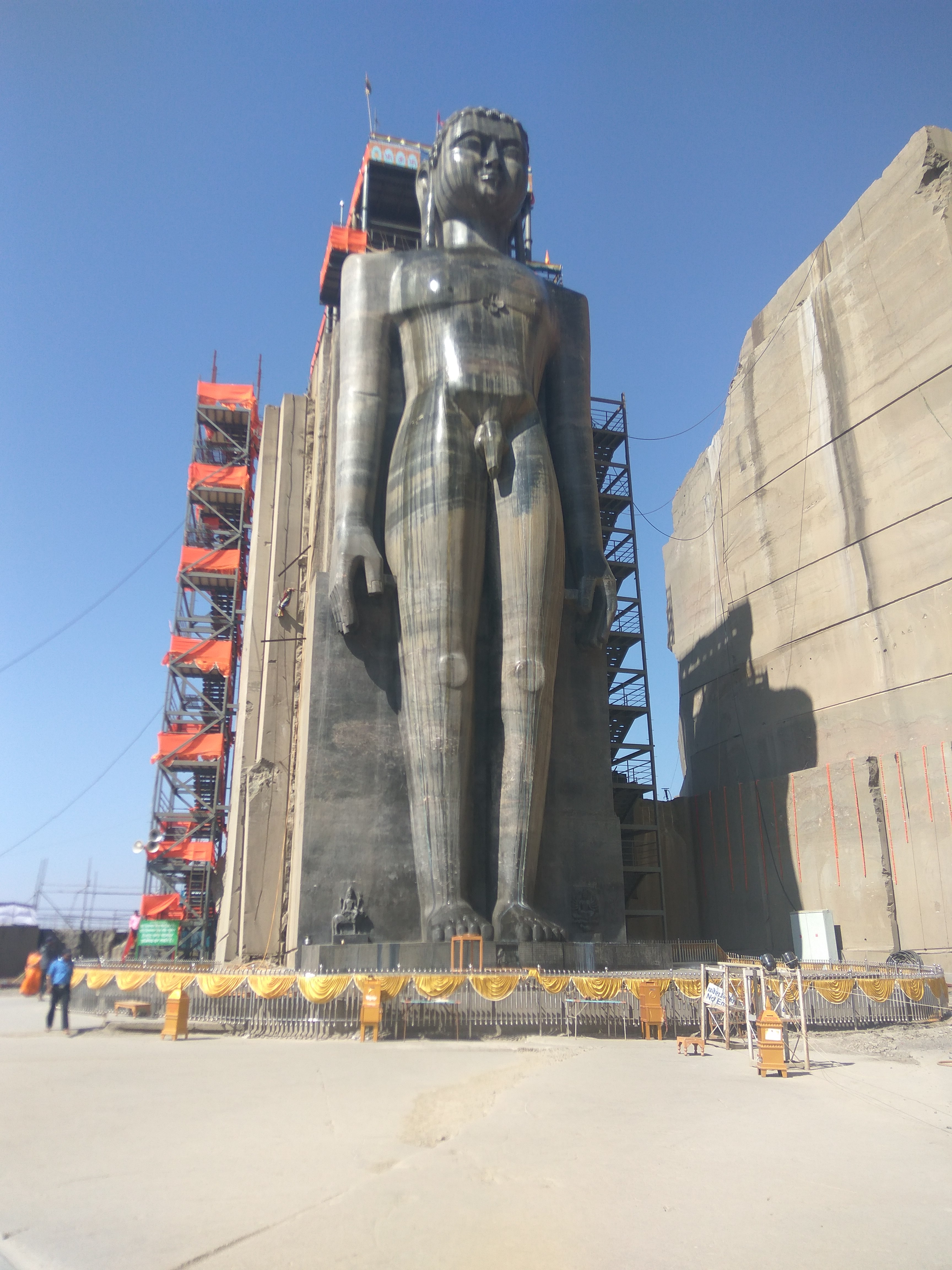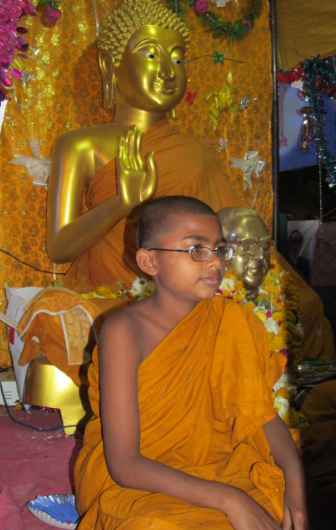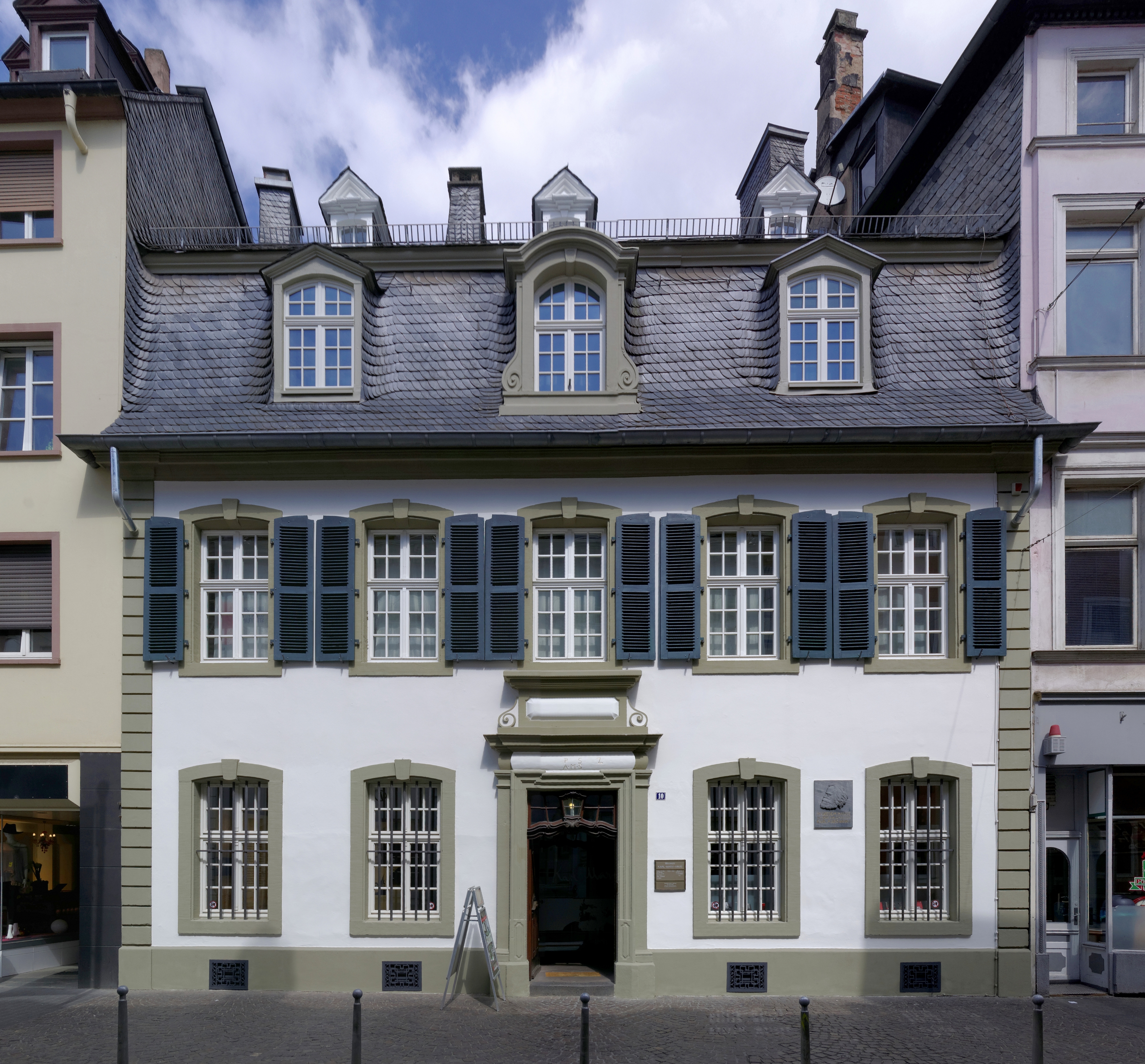|
Baburao Bagul
Baburao Ramji Bagul (1930–2008) was a Marathi writer from Maharashtra, India; a pioneer of modern literature in Marathi and an important figure in the Indian short story during the late 20th century, when it experienced a radical departure from the past, with the advent of Dalit writers such as him. He is most known for his works such as, ''Jevha Mi Jaat Chorli Hoti!'' (1963), ''Maran Swasta Hot Ahe'' (1969), ''Sahitya Ajache Kranti Vigyan'', ''Sud'' (1970), and ''Ambedkar Bharat'' (1981). Biography Baburao Ramaji Bagul was born in Nashik on 17 July 1930. After high school education, he did various manual jobs until 1968. While doing so, he published several stories in magazines, which started getting attention from Marathi readers. Eventually in 1963, came his first collection of stories, ''Jevha Mi Jat Chorali'' (When I had Concealed My Caste), it created a stir in Marathi literature with its passionate depiction of a crude society and thus brought in new momentum to Modern ... [...More Info...] [...Related Items...] OR: [Wikipedia] [Google] [Baidu] |
Nashik District
Nashik district,(Marathi: Help:IPA/Marathi, [n̪ɑɕɪk]) formerly known as Nasik district, is a district in Maharashtra, India. The city of Nashik is the administrative headquarters of the district. Nashik is well known for the production of wine. Nashik is also known as Mini Maharashtra, because the climate and soil conditions of Surgana, Peth, Igatpuri resembles with Konkan. Niphad, Sinnar, Dindori, Baglan blocks are like Western Maharashtra and Yeola, Nandgaon, Maharashtra, Nandgaon, Chandwad blocks are like Vidarbha Region. Nashik is the biggest city in the district while Malegaon is the second biggest city. Manmad, Igatpuri, and Sinnar are some of the big cities situated in the Nashik District. Manmad is one of the biggest railway junctions in India while the city of Malegaon is famous for its powerloom. Nashik district is the third largest district in Maharashtra state in terms of population of 8,107,187 and occupying an area of 15,582 square kilometres in the north Maharas ... [...More Info...] [...Related Items...] OR: [Wikipedia] [Google] [Baidu] |
Jyotiba Phule
Jyotirao Phule (11 April 1827 – 28 November 1890), also known as Jyotiba Phule, was an Indian social activist, businessman, anti-caste social reformer and writer from Maharashtra. His work extended to many fields, including eradication of untouchability and the caste system and for his efforts in educating women and oppressed caste people. He and his wife, Savitribai Phule, were pioneers of women's education in India. Phule started his first school for girls in 1848 in Pune at Tatyasaheb Bhide's residence or Bhidewada. He, along with his followers, formed the Satyashodhak Samaj (Society of Truth Seekers) to attain equal rights for people from lower castes. People from all religions and castes could become a part of this association which worked for the upliftment of the oppressed classes. Phule is regarded as an important figure in the social reform movement in Maharashtra. The honorific Mahātmā (Sanskrit: "great-souled", "venerable"), was first applied to him in 1888 at ... [...More Info...] [...Related Items...] OR: [Wikipedia] [Google] [Baidu] |
21st-century Indian Buddhists
File:1st century collage.png, From top left, clockwise: Jesus is crucified by Roman authorities in Judaea (17th century painting). Four different men (Galba, Otho, Vitellius, and Vespasian) claim the title of Emperor within the span of a year; The Great Fire of Rome (18th-century painting) sees the destruction of two-thirds of the city, precipitating the empire's first persecution against Christians, who are blamed for the disaster; The Roman Colosseum is built and holds its inaugural games; Roman forces besiege Jerusalem during the First Jewish–Roman War (19th-century painting); The Trưng sisters lead a rebellion against the Chinese Han dynasty (anachronistic depiction); Boudica, queen of the British Iceni leads a rebellion against Rome (19th-century statue); Knife-shaped coin of the Xin dynasty., 335px rect 30 30 737 1077 Crucifixion of Jesus rect 767 30 1815 1077 Year of the Four Emperors rect 1846 30 3223 1077 Great Fire of Rome rect 30 1108 1106 2155 Boudican revolt ... [...More Info...] [...Related Items...] OR: [Wikipedia] [Google] [Baidu] |
Navayana Buddhists
''Navayāna'' (Devanagari: नवयान, IAST: ''Navayāna'', meaning "New Vehicle"), otherwise known as Navayāna Buddhism, refers to the socially engaged school of Buddhism founded and developed by the Indian jurist, social reformer, and scholar B. R. Ambedkar; it is otherwise called Neo-Buddhism and Ambedkarite Buddhism. Rather than a new sect, it is the application of Buddhist principles for the welfare of many. B. R. Ambedkar was an Indian lawyer, politician, and scholar of Buddhism, and the Drafting Chairman of the Constitution of India. He was born in an untouchable family during the colonial era of India, studied abroad, became a Dalit leader, and announced in 1935 his intent to convert from Hinduism to a different religion, an endeavor which took him to study all the major religions of the world in depth, namely Hinduism, Buddhism, Sikhism, Christianity, and Islam, for nearly 21 years. The school was otherwise named ''Ambedkarite Buddhism'' after him by peopl ... [...More Info...] [...Related Items...] OR: [Wikipedia] [Google] [Baidu] |
People From Nashik District
The term "the people" refers to the public or common mass of people of a polity. As such it is a concept of human rights law, international law as well as constitutional law, particularly used for claims of popular sovereignty. In contrast, a people is any plurality of persons considered as a whole. Used in politics and law, the term "a people" refers to the collective or community of an ethnic group or nation. Concepts Legal Chapter One, Article One of the Charter of the United Nations states that "peoples" have the right to self-determination. Though the mere status as peoples and the right to self-determination, as for example in the case of Indigenous peoples (''peoples'', as in all groups of indigenous people, not merely all indigenous persons as in ''indigenous people''), does not automatically provide for independent sovereignty and therefore secession. Indeed, judge Ivor Jennings identified the inherent problems in the right of "peoples" to self-determination, as i ... [...More Info...] [...Related Items...] OR: [Wikipedia] [Google] [Baidu] |
Marathi-language Writers
Marathi (; , 𑘦𑘨𑘰𑘙𑘲, , ) is a classical Indo-Aryan language predominantly spoken by Marathi people The Marathi people (; Marathi language, Marathi: , ''Marāṭhī lōk'') or Marathis (Marathi: मराठी, ''Marāṭhī'') are an Indo-Aryan peoples, Indo-Aryan ethnolinguistic group who are native to Maharashtra in western India. They ... in the Indian state of Maharashtra and is also spoken in Goa, and parts of Gujarat, Karnataka and the territory of Dadra and Nagar Haveli and Daman and Diu. It is the official language of Maharashtra, and an additional official language in the state of Goa, where it is used for replies, when requests are received in Marathi. It is one of the 22 scheduled languages of India, with 83 million speakers as of 2011. Marathi ranks 13th in the List ... [...More Info...] [...Related Items...] OR: [Wikipedia] [Google] [Baidu] |
2008 Deaths
This is a list of lists of deaths of notable people, organized by year. New deaths articles are added to their respective month (e.g., Deaths in ) and then linked below. 2025 2024 2023 2022 2021 2020 2019 2018 2017 2016 2015 2014 2013 2012 2011 2010 2009 2008 2007 2006 2005 2004 2003 2002 2001 2000 1999 1998 1997 1996 1995 1994 1993 1992 1991 1990 1989 1988 1987 1986 Earlier years ''Deaths in years earlier than this can usually be found in the List of years, main articles of the years.'' See also * Lists of deaths by day * :Deaths by year, Deaths by year (category) {{DEFAULTSORT:deaths by year Lists of deaths by year, ... [...More Info...] [...Related Items...] OR: [Wikipedia] [Google] [Baidu] |
1930 Births
Events January * January 15 – The Moon moves into its nearest point to Earth, called perigee, at the same time as its fullest phase of the Lunar Cycle. This is the closest moon distance at in recent history, and the next one will be on January 1, 2257, at . * January 26 – The Indian National Congress declares this date as Independence Day, or as the day for Purna Swaraj (Complete Independence). * January 28 – The first patent for a field-effect transistor is granted in the United States, to Julius Edgar Lilienfeld. * January 30 – Pavel Molchanov launches a radiosonde from Pavlovsk, Saint Petersburg, Slutsk in the Soviet Union. February * February 10 – The Việt Nam Quốc Dân Đảng launch the Yên Bái mutiny in the hope of ending French Indochina, French colonial rule in Vietnam. * February 18 – While studying photographs taken in January, Clyde Tombaugh confirms the existence of Pluto, a celestial body considered a planet until redefined as a dwarf planet ... [...More Info...] [...Related Items...] OR: [Wikipedia] [Google] [Baidu] |
Yashwantrao Chavan Maharashtra Open University
Yashwantrao Chavan Maharashtra Open University (YCMOU) is a state, open university, located in Nashik, Maharashtra, India India, officially the Republic of India, is a country in South Asia. It is the List of countries and dependencies by area, seventh-largest country by area; the List of countries by population (United Nations), most populous country since .... It was established in July 1, 1989 under the ''Yashwantrao Chavan Maharashtra Open University Act, 1989''. Academic schools All academic programs and students registration official academic website # School of Agricultural Science # School of Architecture, Science and Technology # School of Commerce and Management # School of Computer Science # School of Continuing Education # School of Education # School of Health Science # School of Humanities and Social Sciences # School of Multidisciplinary Studies # School of Vocational Education & Skills Development # Certification in Foreign Languages Notable alumni ... [...More Info...] [...Related Items...] OR: [Wikipedia] [Google] [Baidu] |
Karl Marx
Karl Marx (; 5 May 1818 – 14 March 1883) was a German philosopher, political theorist, economist, journalist, and revolutionary socialist. He is best-known for the 1848 pamphlet '' The Communist Manifesto'' (written with Friedrich Engels), and his three-volume (1867–1894), a critique of classical political economy which employs his theory of historical materialism in an analysis of capitalism, in the culmination of his life's work. Marx's ideas and their subsequent development, collectively known as Marxism, have had enormous influence. Born in Trier in the Kingdom of Prussia, Marx studied at the universities of Bonn and Berlin, and received a doctorate in philosophy from the University of Jena in 1841. A Young Hegelian, he was influenced by the philosophy of Georg Wilhelm Friedrich Hegel, and both critiqued and developed Hegel's ideas in works such as '' The German Ideology'' (written 1846) and the '' Grundrisse'' (written 1857–1858). While in Paris, Marx wrote ... [...More Info...] [...Related Items...] OR: [Wikipedia] [Google] [Baidu] |
Buddhist
Buddhism, also known as Buddhadharma and Dharmavinaya, is an Indian religion and List of philosophies, philosophical tradition based on Pre-sectarian Buddhism, teachings attributed to the Buddha, a wandering teacher who lived in the 6th or 5th century Before the Common Era, BCE. It is the Major religious groups, world's fourth-largest religion, with about 500 million followers, known as Buddhists, who comprise four percent of the global population. It arose in the eastern Gangetic plain as a movement in the 5th century BCE, and gradually spread throughout much of Asia. Buddhism has subsequently played a major role in Asian culture and spirituality, eventually spreading to Western world, the West in the 20th century. According to tradition, the Buddha instructed his followers in a path of bhavana, development which leads to Enlightenment in Buddhism, awakening and moksha, full liberation from ''Duḥkha, dukkha'' (). He regarded this path as a Middle Way between extremes su ... [...More Info...] [...Related Items...] OR: [Wikipedia] [Google] [Baidu] |






